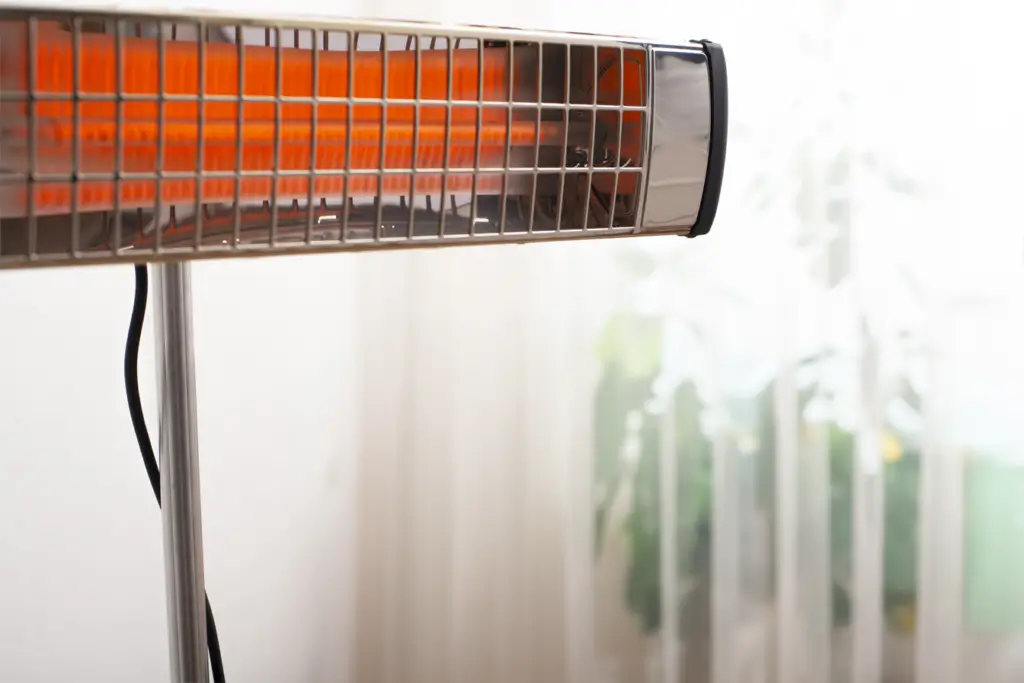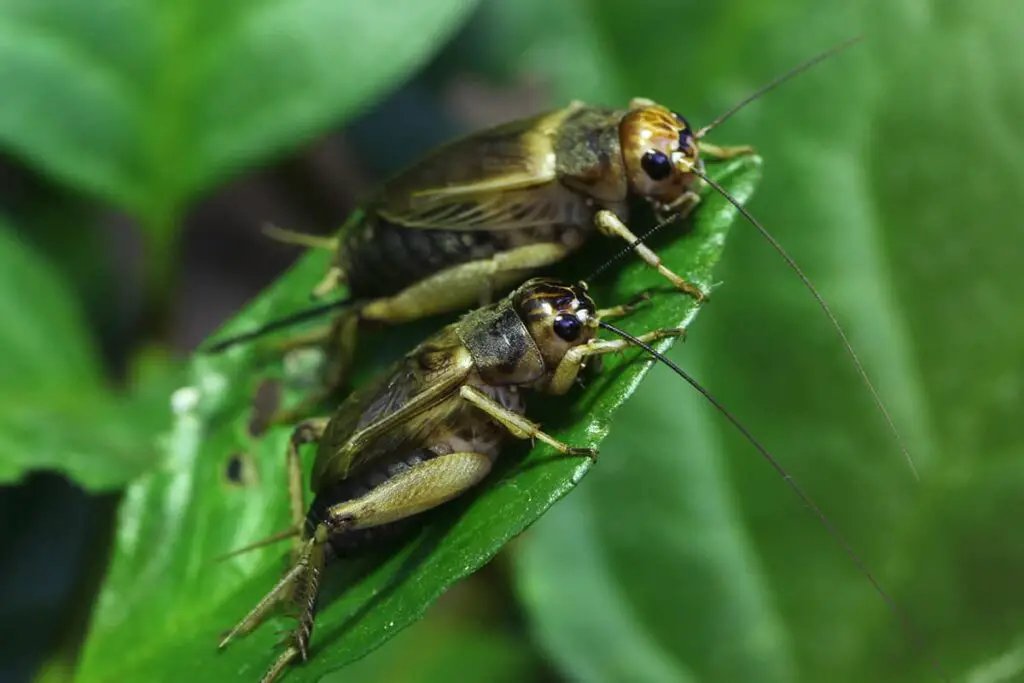
Raising feeder crickets can be a rewarding endeavor, especially if you’re keeping reptiles or amphibians. These little chirpers serve as a nutritious food source, but they require specific living conditions to thrive. One common question regarding cricket care is whether or not you should use heat lamps to keep crickets warm. Crickets are ectothermic, meaning they depend on external heat sources to regulate their body temperature.
As you explore the best ways to maintain a cozy habitat for your cricket colony, consider that they favor warm environments—something around 85 degrees Fahrenheit with moderate humidity is ideal. Too cold, and they become sluggish and might succumb to the chill, while excessive warmth can be equally perilous. Heat lamps, heating pads, or even space heaters are among the popular choices for achieving that just-right temperature. Ensuring that the heat is evenly distributed and monitored will steer you away from the extremes, providing a safe haven for your insects.
When looking at heating options, balance is key, and so is safety. Heating pads stuck to the bottom of enclosures or regulated heat lamps from above are solutions often employed by cricket caretakers. Yet, each method comes with its own set of considerations, such as fire risk or creating temperature gradients. It’s crucial to gauge the ongoing temperature and make adjustments as needed—too much direct heat and you might create a desert landscape, whereas inadequate heating could lead to a cricket cold snap. Keeping your crickets alive longer involves monitoring and maintaining proper temperatures in a safe, controlled manner.
Understanding Cricket Thermoregulation
When you’re keeping crickets, understanding how they regulate their body temperature is vital for their survival and overall health. We’ll explore why temperature is crucial and how crickets deal with the cold.
The Importance of Temperature for Crickets
Temperature plays a significant role in the physiology and behavior of crickets. These insects are ectothermic, which means they rely on external sources of heat to regulate their body temperature. Your crickets should be kept within their ideal temperature range, typically between 75°F to 90°F (24°C to 32°C), to maintain proper metabolic function. Maintaining the correct temperature has a direct impact on their activities, including eating, growing, and reproducing.
How Crickets Respond to Cold
Crickets are not built for the cold. If the temperature drops too much, they might become sluggish and their health can suffer. In a colder environment, you may observe a decrease in cricket chirping, movement, and feeding. These behaviors are a direct response to the cold as the cricket tries to conserve its energy. They cannot produce their own body heat, so it’s up to you to provide a consistently warm environment using tools such as a heating lamp to keep your cricket colony thriving even in cooler conditions.
Methods of Heating for Crickets
Keeping your crickets warm is essential for their survival, especially during the cooler months. Proper heating can ensure your feeder crickets remain healthy for use in feeding your pets.
Types of Heat Lamps
Heat lamps are a popular choice for warming a cricket habitat:
- Infrared heat lamps: Emit infrared radiation that warms the enclosure without producing much visible light.
- Ceramic heat emitters: These provide heat without light, making them suitable for a 24-hour heat source.
- Incandescent bulbs: Standard bulbs that give off heat and can be used for smaller enclosures or during the daytime.
When using heat lamps to keep your crickets warm, always monitor the temperature carefully. A too-hot lamp or incorrect placement can raise temperatures to dangerous levels.
Alternatives to Heat Lamps
If heat lamps aren’t an option, consider these alternatives:
- Heat mats: You can place these under or on the side of the enclosure to provide a consistent heat source.
- Room heaters: Warming the room where you keep your crickets can be an indirect but effective method.
- Space blankets: Wrapping the cricket enclosure with these can help retain heat.
Remember, whatever method you choose, the goal is to maintain the ideal temperature for crickets, which is generally around 86°F (30°C). Always have a thermometer on hand to check the temperature of your cricket’s environment.
Setting Up Your Cricket Habitat
Creating a comfortable habitat for your crickets is essential for their health and survival. Proper temperature control enables crickets to thrive, grow, and reproduce.
Creating a Temperature Gradient
Crickets require a specific range of temperatures to remain active and healthy. To create the perfect cricket habitat, you need to establish a temperature gradient within their enclosure. This means having a warmer side, ideally between 76°F to 85°F, and a cooler side, which can be slightly below this range.
- Warmer Side: Place a heat lamp on one side of the tank to maintain the right temperature.
- Cooler Side: The opposite side doesn’t require direct heat, allowing crickets to move there if they need to cool down.
Remember, the habitat should be large enough to create this gradient without the entire space becoming too hot or too cold.
Monitoring and Controlling Heat
To avoid overheating or underheating, which can be detrimental to cricket health, continuous monitoring and control of the habitat temperature are crucial.
- Thermometers: Place at least two — one on each side of the tank to monitor the temperature gradient.
- Hygrometer: Use to check the humidity level, ensuring it stays around 50%.
If temperatures drop below 60°F, crickets could become dormant, and if they exceed 100°F, it could be fatal. Adjust heat lamps and use a thermostat if necessary to maintain the proper temperature.
Safety Considerations
When keeping crickets warm, it’s essential to prioritize their safety as well as yours. Pay careful attention to managing heat sources to prevent overheating and eliminate fire risks.
Avoiding Overheating
Your aim should be to maintain an optimal temperature range, typically 70 to 75 degrees Fahrenheit, for crickets’ health and longevity. Using a heat pad, verify that the temperature does not exceed 85°F, as higher temperatures can be detrimental to crickets, causing them stress or even death.
Fire Hazards and Prevention
Heat lamps, though effective, can pose significant fire hazards if not handled correctly. To minimize risks:
- Always follow the manufacturer’s safety instructions.
- Keep flammable materials well away from the heat source.
- Consider using a thermostat to control and monitor the temperature.
- Regularly check wires and fixtures for signs of damage.
- Ensure your setup is in a stable area where it’s unlikely to be knocked over.
Frequently Asked Questions
When it comes to maintaining cricket habitats, understanding temperature and environmental controls is essential. This FAQ section highlights the best practices you should adopt to ensure the welfare of your feeder crickets.
What temperature should be maintained for cricket habitats?
Your cricket habitat should have a temperature between 75-85 degrees Fahrenheit. This range is crucial for crickets to live and thrive.
Could excessive heat be harmful to crickets?
Yes, exposing crickets to temperatures too high can lead to overheating and dehydration, ultimately proving fatal.
What are the ideal conditions for keeping crickets healthy?
Crickets prefer a habitat with good ventilation and consistent temperatures. Darkness is also preferred by crickets, making dark containers or enclosures ideal.
Do crickets need a light source in their enclosure?
Crickets generally do not require light within their enclosure and can benefit from a dark environment. A heat lamp could be used if additional heat is necessary in a colder environment.
What are some effective methods to regulate temperature for crickets?
To keep crickets warm, particularly during winter, heating lamps or heat pads (not placed directly under plastic) can be effective.
How does humidity play a role in the wellbeing of crickets?
Humidity is a critical factor, as excessive humidity can lead to untimely cricket deaths. Use a mesh lid for ventilation to prevent high humidity within the enclosure.
Driven by a passion for those tiny creatures that rule our world, we at Bug Domain strive to be your go-to resource for information on insects.




